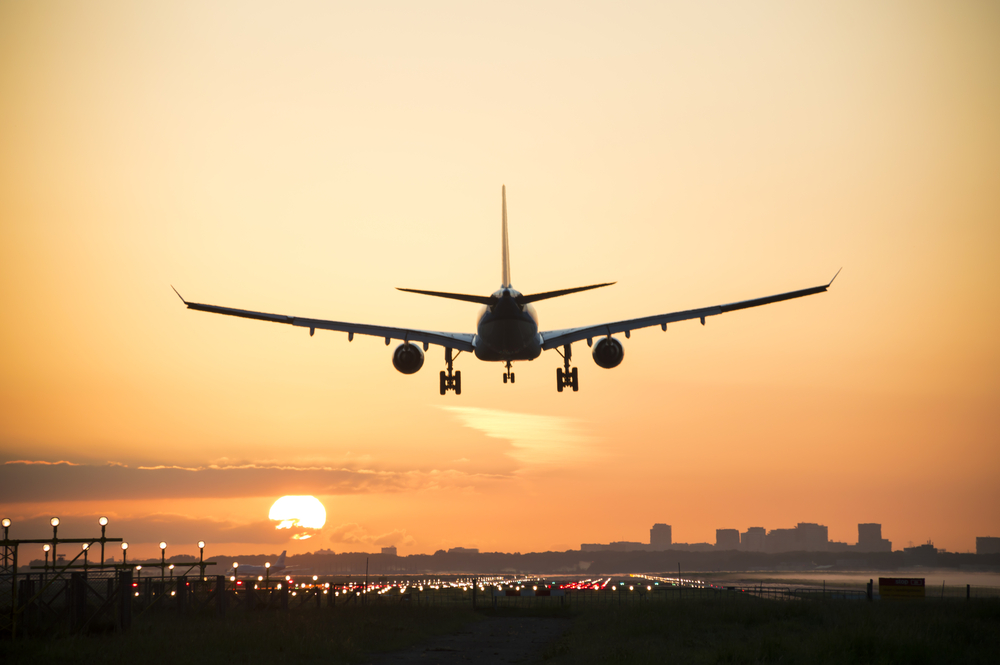
Over the last months, the recovery of air passenger demand has been mainly driven by domestic markets that have mostly remained unaffected by travel restrictions.
In the meantime, international travel was restricted by most countries and governments are only starting to relax those restrictions as they vaccinate their populations and stabilize the epidemiological situation, like Europe and the US.
Therefore, our expectation is that in the near future, airlines’ operating conditions will be determined by two factors:
1. The availability of domestic markets that they can rely on and
2. The progress in vaccinations in the main countries in their networks.
This is how the world’s top 30 passenger markets compare on these two dimensions.
Countries like China had the largest increase which is due to the best-operating conditions: they are both characterized by a large share of domestic passengers or a high level of vaccinations.
The United States sits prominently in this part of the chart, suggesting that the country’s airlines might have the most favourable context to operate in.
A number of Asia-Pacific countries including Australia and South American countries where carriers have large domestic markets to rely on, however, vaccination rates remain low in these countries and as a result, many of them continue to apply onerous entry restrictions.
A number of EU countries where their vaccination programmes were rolled out with a delay compared to the US and the UK but vaccination levels are now allowing for a gradual easing of travel restrictions. Most EU countries have no or small domestic markets, which puts the local carriers at a disadvantage in the current crisis.
Flexibility to respond to changing circumstances in the short term will greatly support these carriers who otherwise have a hard position to recover from. However, in 2019, 38% of EU passengers travelled outside the EU.
The reliance on EU carriers to serve international markets will remain a critical factor in their recovery in the short term.




















